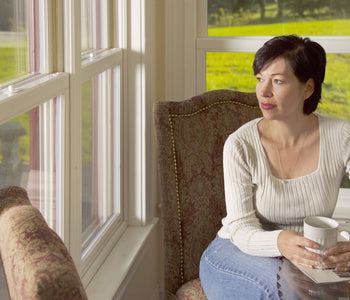January 1st 2021
Restless legs syndrome (RLS)

Restless legs syndrome (RLS) is a condition that
usually due to an uncomfortable sensation,
causes an uncontrollable urge to move your legs.
It usually happens when you're sitting or lying down in the evening or evening hours. Moving briefly eases the painful experience.
Restless legs syndrome can start at any age, also known as Willis-Ekbom disease, and usually worsens as you age. Sleep, which interferes with everyday lives, may be interrupted.
Easy measures and lifestyle improvements in self-care can help alleviate symptoms. Medications also assist with RLS for certain persons.
The Symptoms
A desire to move the legs is the chief symptom. RLS' typical accompanying features include:
Feeling in legs that continue after resting. Usually, after you have been lying down or sitting for an extended amount of time, the feeling starts, such as in a car, airplane or movie theatre.
Relief by movement. With activity, such as bending, jiggling the thighs, pacing or walking, the feeling of RLS reduces.
Aggravation of symptoms in the evening. Symptoms usually appear at night.
A twitching overnight neck. RLS can be associated with another, more common disorder called intermittent sleeping limb movement, which causes the legs to twitch and kick while you are sleeping, probably during the night.
Typically, people describe RLS symptoms in their legs or feet as irregular, painful sensations. They normally appear on both sides of the body. The feelings impact the arms less frequently.
The sensations that typically occur inside rather than on the skin of the limb are defined as:
Crawling
Creeping
Pulling
Throbbing
Aching
Itching
Electric
The feelings are hard to describe occasionally. The syndrome is not generally defined by people with RLS as a muscle cramp or numbness. However, they do consistently define the need to lift their legs.
It is normal for the severity of symptoms to fluctuate. Often, for stretches of time, signs fade, and come back.
Whether to see a practitioner
Individuals with RLS often pursue medical treatment but sometimes they are concerned that they will not be taken seriously. RLS, however, can interfere with your sleep and induce drowsiness during the day and affect your quality of life. If you believe you might have RLS, talk with your doctor.
By listening to Speed Sleep repeatedly you will quickly:
Achieve deep sleep within minutes
Awaken refreshed, even during the day, from a 25 minute Speed Sleep nap
Discover new sources of physical energy and mental sharpness
Minimize the effects of jet lag when traveling


